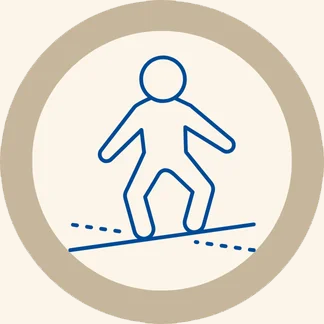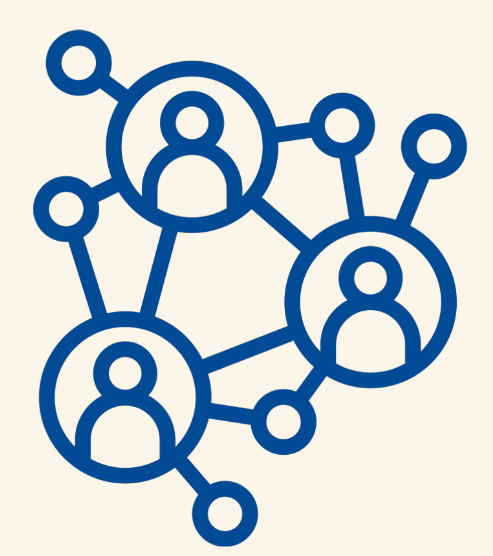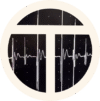
Orthostatic Tremor (OT)
Understanding Orthostatic Tremor
Orthostatic tremor (OT) is a rare neurological movement disorder characterized by rapid muscle contractions at a high frequency (13-18 Hz) in the legs and sometimes the torso when standing.
In fact, the muscle’s activity resembles the sound of a helicopter, a typical sign of Orthostatic Tremor.
People with OT may not see or sense that their legs are having rapid muscle contractions; it may just feel like unsteadiness, or a loss of balance. The tremors typically aren’t painful while they’re happening, but affected individuals may develop leg muscle pain and stiffness over time.
Going from standing to sitting, walking, or leaning against a wall usually stops or greatly reduces the tremors.
What can you do if you suspect that you might have OT?
Ask your physician to place a stethoscope just a little to the outside of the thigh or slightly on the outer side of the calf. In case of OT you can hear the helicopter sound.
Another way to identify the tremor is with smartphone apps using the accelerometer feature.
The diagnosis can be confirmed by assessing the electrical activity in the leg muscles with a surface electromyography (EMG) while standing.
You may have to advocate for yourself, but getting the right diagnosis is worth it!
More information
https://www.orthostatictremor.org/
Cleveland Clinic:
Orthostatic Tremor: What It Is, Causes & Treatment
I care for your brain with Dr. Sullivan – Youtube:
Orthostatic Tremor
Orthostatic Tremor & Gait
Selection of research articles and papers:
Aug 2025: “Orthostatic Tremor is evoked by muscle load without need for orthostatic position” by Karolina af Edholm MD, Gonzalo Uribarri PhD, Mathias Sundgren MD, PhD, Anders Svenningsson MD, PhD, Erik Fransén PhD
PhD thesis, 2023: “The gait disorder in patients with orthostatic tremor – Manifestation, modulation, and strategies for therapy” by Ken Moehwald
PhD thesis, 2021: “Orthostatischer Tremor:
Epidemiologie, Langzeitverlauf und Diagnostik” by Flavia Guri

